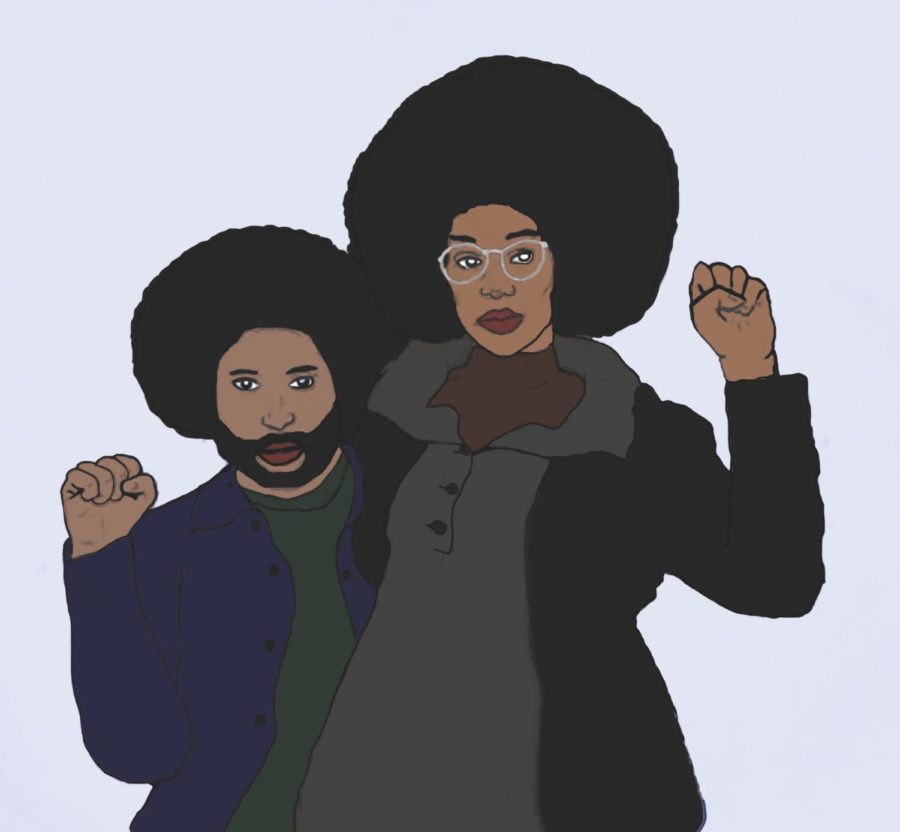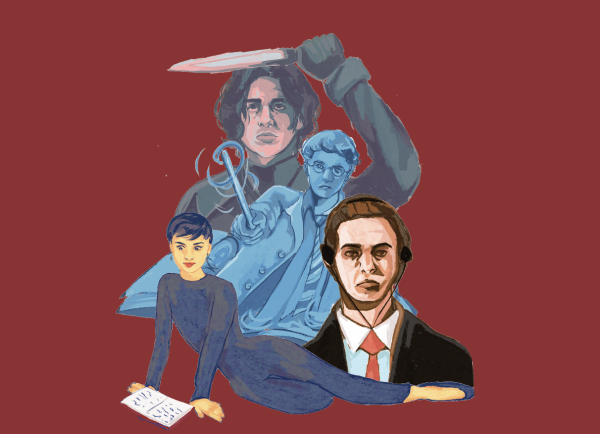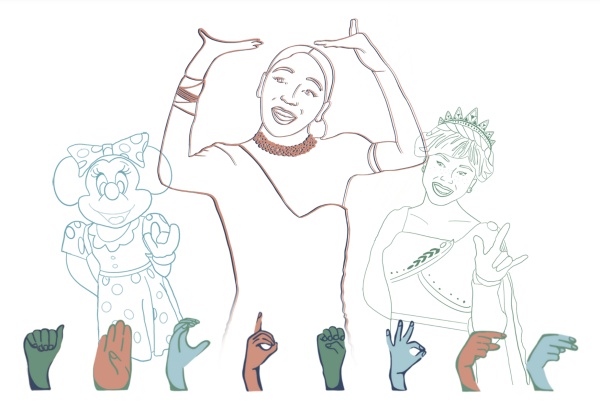A Spike Lee Joint
4 MIN READC Magazine examines the innovative ways in which filmmaker Spike Lee uses his work to expose the social and political injustices towards African Americans.
Spike Lee, the director of the most recent political striker, “BlacKkKlansman”, is consistently involved in all creative aspects of his films, which address the pervasive social and political issues that African-Americans face. What makes his films stand apart from others that address a wide range of social or political movements is how uncompromisingly honest they are. Rather than simplifying the issue of police brutality through depicting the glorified triumph of an African-American over their own injustice, Lee depicts this all too common discrimination as it most often occurs.
Spike Lee’s raw depiction of discrimination and prejudice can be identified in some of his earliest films. This includes his 1989 project called “Do the Right Thing”, where a white police officer gets away with shooting an innocent black teenager. The crime, which remains unresolved, refuses to give justice to the teenager’s death, in turn inciting utter frustration and grief in the audience alongside the black community in the movie.
In “BlacKkKlansman,” Lee continues to address prejudice in an original manner, in this case working to illustrate the destructive nature and persistency of white supremacy. The premise of “BlacKkKlansman” follows the story of Ron Stallworth, a black detective who infiltrates a chapter of the Klu Klux Klan in the 1970s in order to disseminate the group’s progress from the inside out. Stallworth is initiated into the local Colorado Springs’ chapter after calling in response to an ad posted in a newspaper.
Over the phone, Stalworth assumes the character of a white man who is desperate to band with the racist movement and release his frustrations. Meanwhile, it is his white partner who meets face-to-face with the group and solidifies a trusting relationship.

Lee not only touches on the insistent nature of racism in America but also illustrates the concept of the fluidity of one’s racial identity. In the beginning, Stalworth goes undercover to gain information for the police station by attending a speech given by Black Panther leader, Stokely Carmichael, to the Colorado College Black Student Union. Contrary to the stereotype of African Americans being more liberal, Stallworth is relatively moderate in his political views. At the end of the speech, he hesitates before shouting in unison with the crowd and raising his fist to show those around him that he too is fighting against white oppression and is in favor of black resistance. When Stalworth reports back to the police station, he encounters a conflict between two worlds: one where he is forced to act indifferent towards resistance movements in order to fit in among white co-workers, and one where he is galvanized by those around him to express anger against his oppressive experiences. In order to maintain a state of inconspicuousness, Stalworth has to tread lightly through these different environments. Through Stallworth’s need to transition seamlessly through contrasting social circumstances, Lee highlights the constricting binds of racial stereotypes and its negative effects on individuals
Political movies that focus primarily on the history of the issue, give viewers the false notion that movements of social change have a beginning and an end. Lee’s movies, while they may be more difficult to watch, have an effect that extends beyond the two hour viewing time. Lee works to provoke viewers, demanding that they take action into their own hands, in regards to the commonplace injustices apparent in many of his films.
Spike Lee, among other innovative directors, dares to infiltrate theaters with unglamarized portrayals of the issues within society, and they arguably serve as the most influential propellers of the progression of social change. It is these political films that are unapologetically truthful and create a call to action for audiences. For many, it is uncomfortable to hear the extreme racist and anti-semitic dialogue between two men in a KKK chapter, but that discomfort opens the viewer’s eyes and prevents them from tossing out the candor of the experience along with their empty bucket of popcorn. The unease that arises when watching familiar and admired actors participate in on-screen white supremacist rituals is a mechanism Lee uses to incite a personal emotional response to the issues portrayed. In this way, the audience can not disconnect themselves from the responsibility of taking action after the film because the conflict is closer to them. This sort of “forced-empathy” that Lee creates in many of his films is vital to spreading movements of social change today and have inspired the activists of tomorrow.
At the end of “BlackkKlansman”, Spike Lee displays a clip from the 2017 “Unite the Right” rally in Charlottesville, Virginia, in which neo-nazi sympathizers and counter protesters attack the demonstrators, leading to violence and death. This last clip, along with a flash of Donald Trump’s response speech in which he defined “both sides” as responsible, stuns viewers. Lee connects the racism and anti-semitism in the 1970s to current times and sends the message that there is still so much work to be done in regards to prevalent racial injustices.







